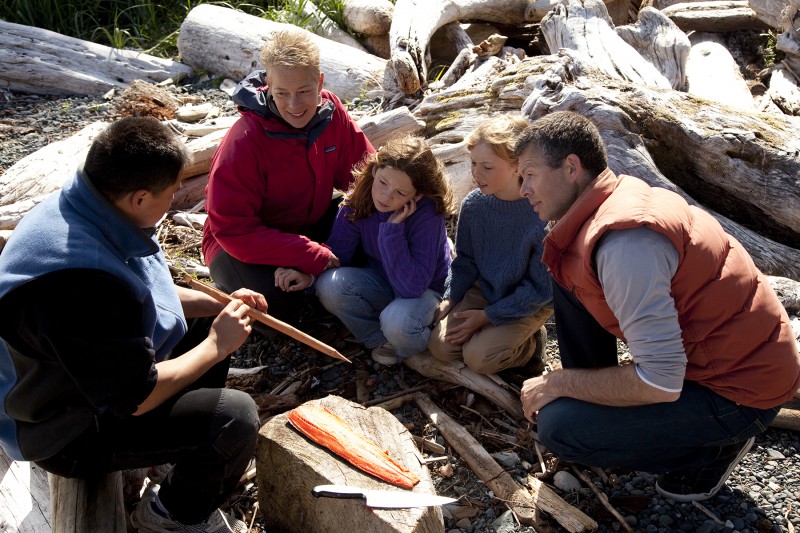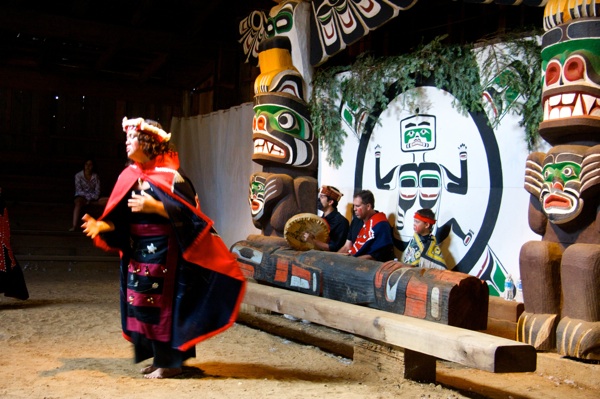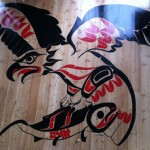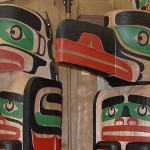The Art of Storytelling
Today, it’s not easy to find quality family time amongst all of the modern age’s trappings. It’s a familiar scene played out in family rooms and around dinner tables every night in North America. Dad’s on his cellphone, checking emails from work and catching highlights of the game on TV, while the kids are texting their friends or battling the latest zombie or alien menace on a console video game.

Conversation is becoming a lost art form, as well as the familial bonds that come along with it. We’d be much better off if we looked to Aboriginal cultures in British Columbia for lessons in keeping conversation and the art of storytelling alive today.

B.C.’s First Nations have relied on the oral transmission of stories, histories, lessons and other knowledge to maintain a historical record and sustain their cultures and identities. Stories are frequently told as evening family entertainment to pass along local or family knowledge. Stories are also told more formally, in ceremonies such as potlatches, to validate a person’s or family’s authority, responsibilities, or prestige.
Some stories are told only during certain seasons, at a particular time of day, or in specific places. In the same vein, some stories are meant to be heard only by specific people. These stories often teach important lessons about a given society’s culture, the land, and the ways in which members are expected to interact with each other and their environment. The passing on of these stories from generation to generation keeps the social order intact. As such, oral histories must be told carefully and accurately, often by a designated person who is recognized as holding this knowledge. This person is responsible
for keeping the knowledge and eventually passing it on in order to preserve the historical record.
Relying solely on memory and improvisation, these oral storytellers created an enduring legacy of tales still told in the same manner today as when theywere created generations ago.
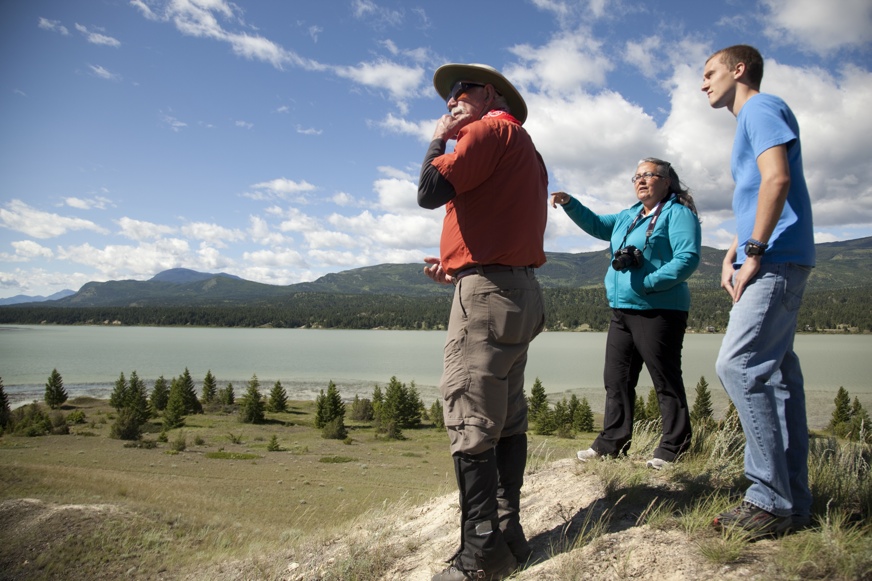
So, while we prize our HD TVs and smartphones, for many First Nations, family wealth is not held or measured in the form of material items, but in their family’s own dances, songs, and stories.
You decide who enjoys a more rich family life.
Click here to learn more about adding a First Nations storytelling experience to your visit to British Columbia.
Spa-ath : Bear
Celebrating Aboriginal Culture

